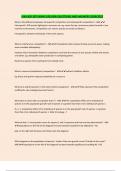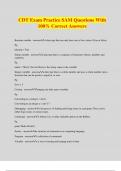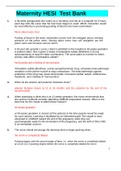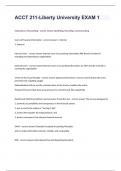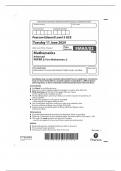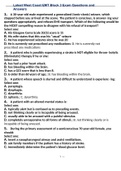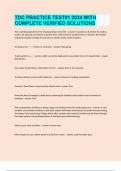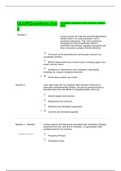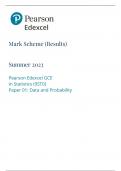Exam (elaborations)
UWL BIO 307 EXAM 3 REVIEW QUESTIONS AND ANSWERS 2024/2025
- Course
- Institution
UWL BIO 307 EXAM 3 REVIEW QUESTIONS AND ANSWERS 2024/2025 What is the difference between intraspecific competition and interspecific competition? - ANS- Interspecific: Diff species fighting for resources etc. eg: venus fly trap. carnivorous plants formed in low nutrient environments. Competitio...
[Show more]
